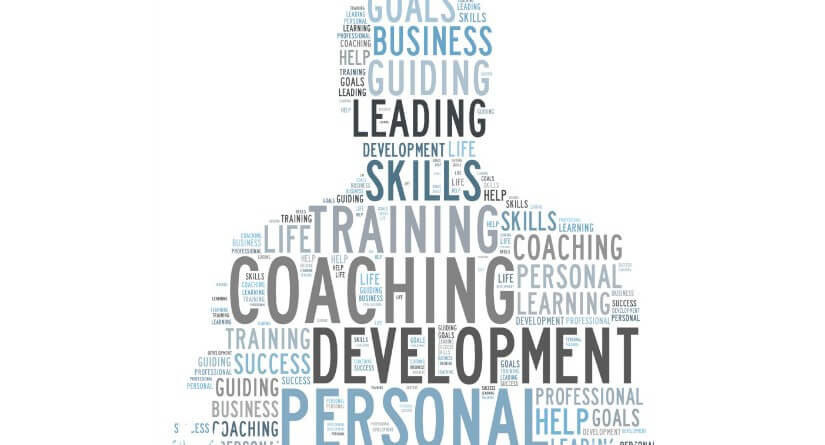A recent study by global workplace solutions provider Steelcase, which covered around 12,480 people in 17 countries, found that out of 802 employees surveyed in India, about 28 per cent were ‘highly engaged’ and ‘highly satisfied.’? This places India ahead of US and UK where a dismal 14 and 11 % reported ‘highly engaged’ and ‘highly satisfied.’
Mind you that, this big chunk, the not- engaged group, is looking for an option to jump ship at the drop of a pin. By using career development initiatives like career discussions, you can counter this attrition and possibly convert them to being engaged.
Career discussion conversations ideally consist of the following four main components.
Assessing strengths and development areas
Companies typically offer many assessment tools with which employees can develop a benchmark of their current strengths and growth areas. The most common assessments include the following, 360-degree reviews, Performance appraisals, Personality tests, Self-assessments and, Skill profiling assessment.? In this part, the employee and manager jointly evaluate performance. Make sure you focus attention on opportunities to continue improving contributions in current role versus moving to a new position.
Evaluating Developmental Goals
In this section, manager and employee discuss and prioritize skills gaps concerning employee?s defined development goals. Make sure that the employees assess and consider development, career, and work/life goals to formulate a potential long-term career path that may help guide developmental decisions.
Identifying Developmental Opportunities
In this section, manager and employee identify development solutions, such as training, mentoring, rotation programs, etc. make sure that the Employees identify opportunities that will develop their weaker areas and focus on a breath of experiences that provide a mix of formal training and experiential learning. You need to double check that the employees are considering a realistic timeframe for accomplishing the developmental goals.
Creating Action Steps and Timeline
In this section, manager and employee select most relevant development activities and commit to a development timeline. While career discussions are primarily a self-motivated effort by employees, as a manager you should assume continuous responsibility for guiding their direct reports toward success. Here the steps to stay on track.
You May Also Like To Read:?How to Build A Dream Team At Work
???? Step One: Offer constructive feedback regarding developmental strengths and opportunities.
???? Step Two: Suggest development options that might be unfamiliar to the employee.
???? Step Three: Allocate time in the employee?s workload, so that s/he can engage in development opportunities.
???? Step Four: Schedule catch- catch-up meetings to discuss progress and any necessary amendments.
In addition to the four core elements presented above, you can incorporate the following topics into career discussions that will address specific organizational requirements:
???? Company-specific career development philosophy and competency models
???? Education and job history
???? Employee mobility and influencing factors
???? Explanation of career discussion value to organization and individual
Once you establish the implementation process, they the next step is to determine which employee groups should participate in career discussions. Good companies indicate that any employee can take part in a discussion by conveying this interest to their direct manager; however, employees in critical roles (e.g., high-potentials, business leaders) are more likely to have career discussions due to business need. The discussion can coincide with the performance management process at your company. To ensure employees take advantage of career considerations, it is critical that you effectively communicate their availability throughout the organization.
When implemented effectively, career discussions impact not only employee retention, but also the business success. In particular, career discussions allow you as a manager to capitalize on the employees? full potential and grow skills and experiences to meet business needs, ultimately improving organizational performance.
Jappreet Sethi










